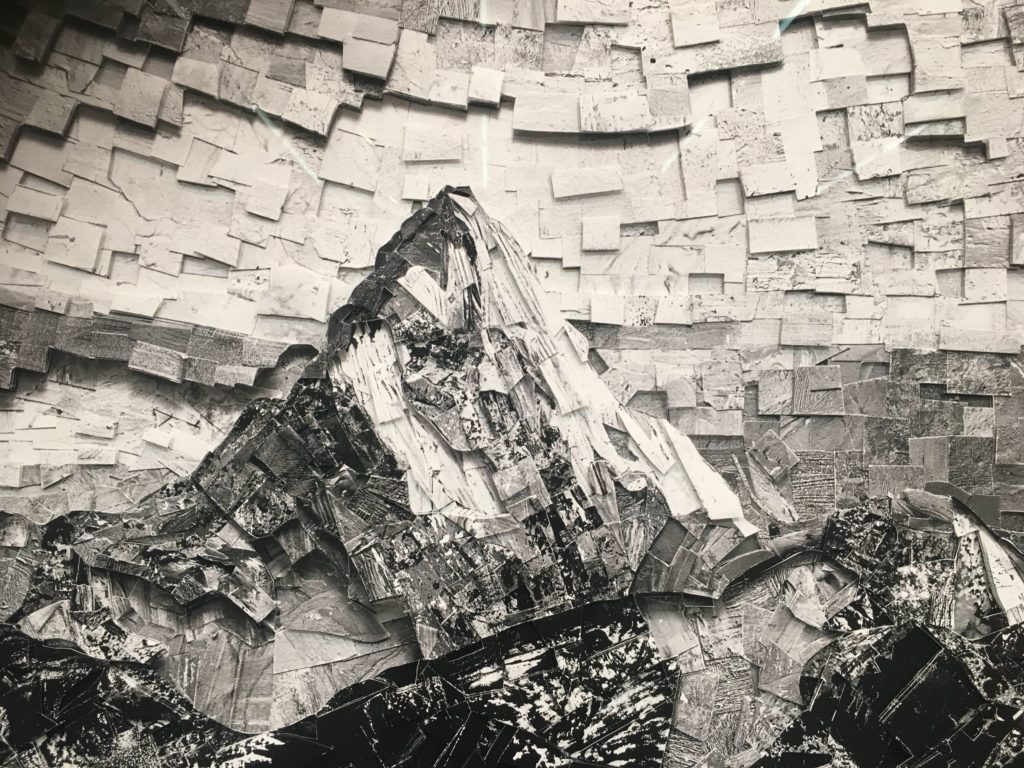
I don’t know how & I don’t know when, or where or why or what – & so may begin –
uncanny-automator domain was triggered too early. This is usually an indicator for some code in the plugin or theme running too early. Translations should be loaded at the init action or later. Please see Debugging in WordPress for more information. (This message was added in version 6.7.0.) in /home2/wajlum0afy5o/public_html/wp-includes/functions.php on line 6121
I don’t know how & I don’t know when, or where or why or what – & so may begin –
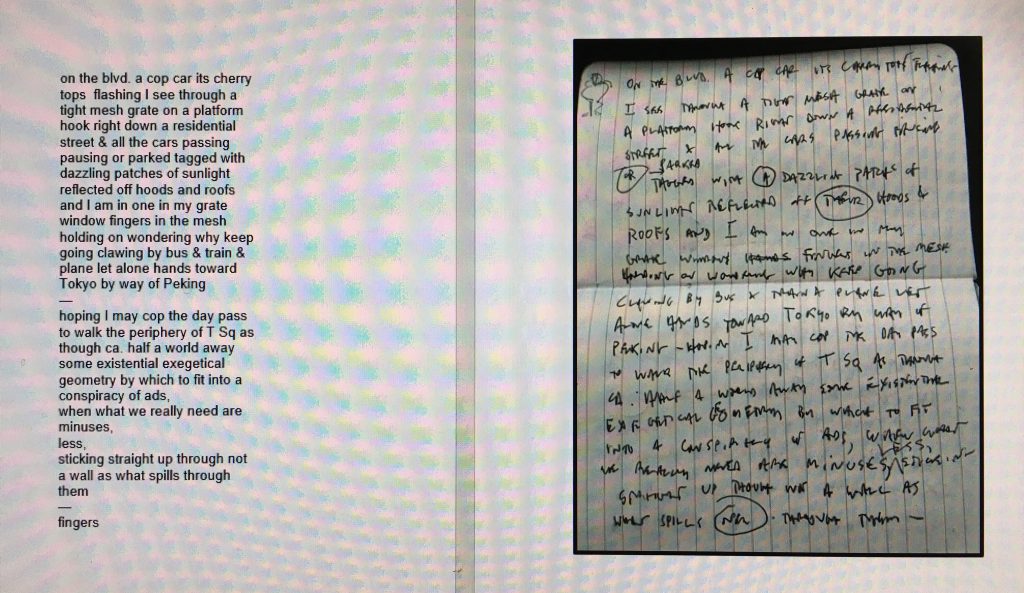

I’ll wait awhile to let the clouds clear if they will before I go take some photos of the stacked wood I have left from the twenty-eight cords that dropped off a portable mill’s conveyor belt parked in the back along the treeline made when the Catskill Watershed Corporation and Bruce Utter put in our septic to protect New York’s water–and which in the next year I stacked and having gone through one substantial wall of it last year realize if i don’t take photos of it it will be gone before you know it, or even I do, as though it never was, which would be a shame as it’s been a total delight to move among the quartered sixteen-inch logs these triangular wedges that I can’t think about without thinking about Darwin and his and all the learning that goes into stacking wood and this collaboration and evolution of the land to these lines I’ve felt for some time represent a signal, more than a letter or sign–as though there were something to communicate between them–which for me was mostly happiness to be engaged in making something even if it was just arranging and generally caring for and opening it in different directions.
The one thing I took particular delight in was having the wood ford the seasonal and big-storm water run along through there, and it was some challenge it turned out in terms of maintenance because I couldn’t see straight and way misaligned where I thought it went in and out–I mean hours trying to get it to flow right and could not figure it out–and drained a trench thinking it had something to do with gravity–and showed my daughters who also couldn’t figure out why it wasn’t draining–until for no particular reason except the end of the line in terms of efforts I decided I would measure the two sides and wham! where I was digging out on one end was about a foot off from where I was digging out on the other. I don’t ascribe what happened to any signal I acquaint with this place–yet I mean there is something here–or this grey between-storm afternoon–though the feeling of connecting the two ends was incredible–to see the sunlit through the tunnel again after months of idiocy.
This place has been a sanctuary, where I’d sit panting heavily between exertions heaving and leveling and trying to hold the line and evolve a complex of walls. I imagined them as habitats with a roof of sky, though always more dry under the cedar, and to be that way inside them trying to figure them out, a portrait of shatter. For that time it was this camp I felt, like a one alighting awhile making dwelling–one place I went through and left better.
And best will be when it isn’t there.

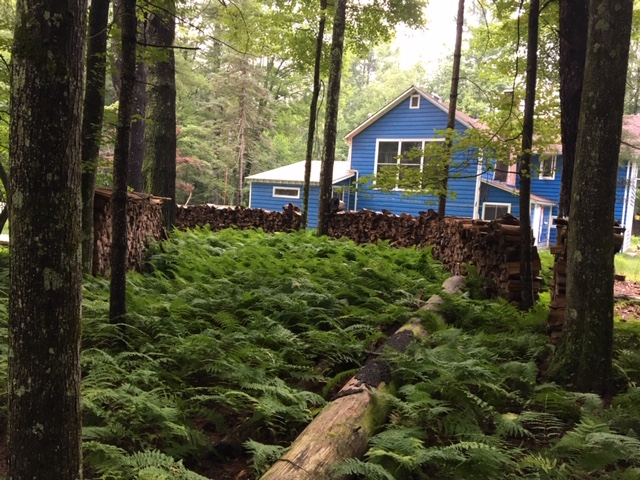
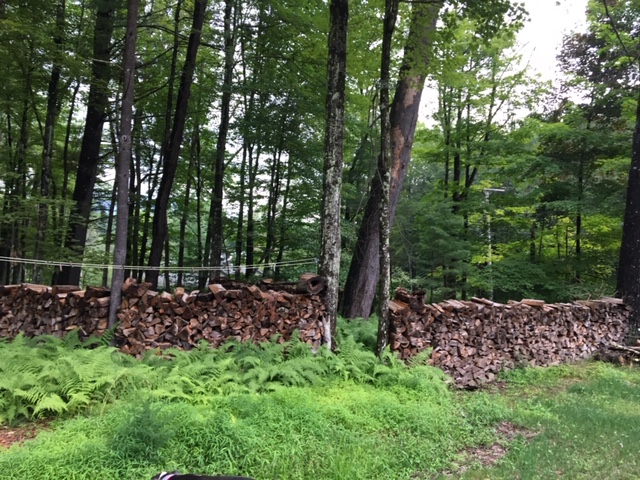
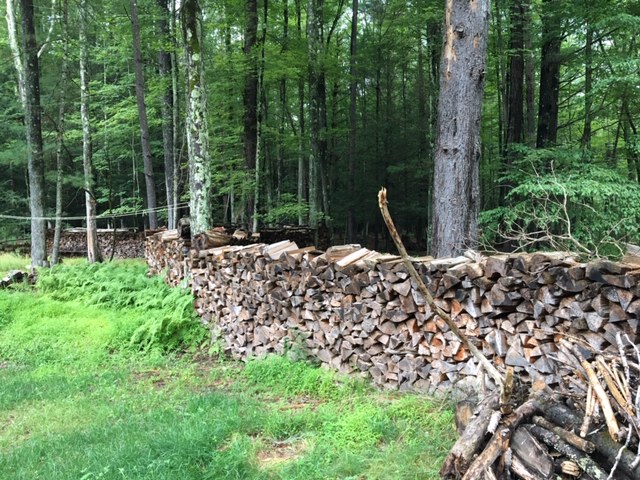
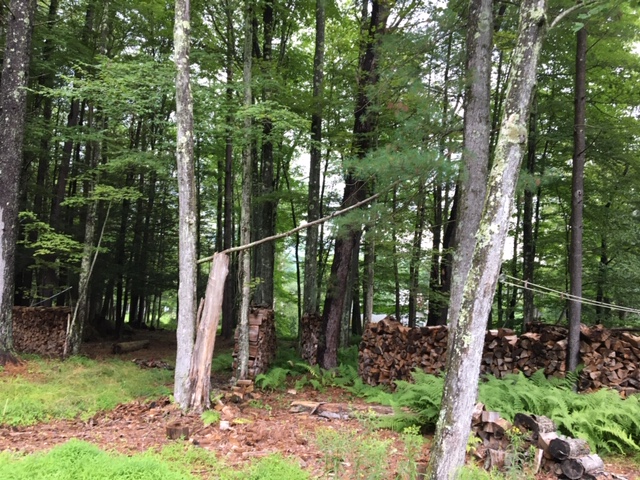
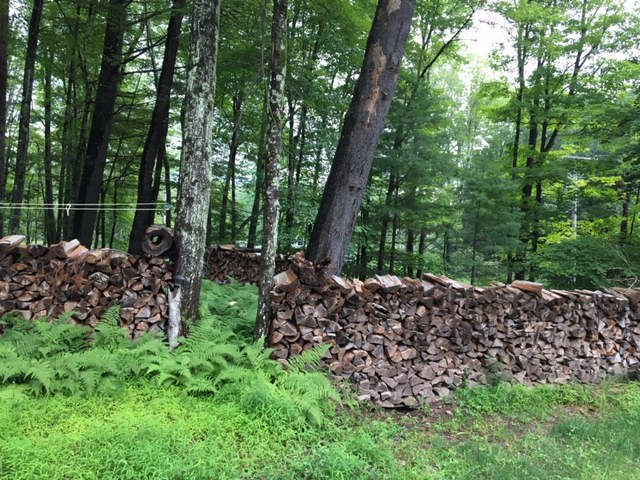
In this case what I found (logging down to the seconds longitudes and latitudes) were the centers of 64 vortexes in the pattern–here, the Julia Set–and you don’t really find in fractal geometries the application of “sieve” except related to the Sierpinski Sieve (or Triangle or Gasket) which I guess the triangulated structures of which possess a sieve-like pattern. Yet the fractal pattern does have a sieve action in motion–though undercutting that’s that it’s all repeating, or self-similar, and nothing is new except an uncanny visual sense of wonder tied to some raw infinitude with just enough swerve.
The origination of the word “sieve” falls to various European languages that all point toward a specific tool, a sieve–which at the time must have been a real find–a thing that’s used to separate, more or less, “finer from the coarser parts of disintegrated matter by shaking it so as to force the former through meshes too small for the latter to pass”–like the camel through the eye of the needle, with the understanding that “needle” was a colloquialism for the slits in forts of ancient Israel narrow enough (very) to guard against attack, because groups were always attacking each other. Anyway, it was such a great discovery that it got it’s own word, with a lot of other words and attitudes attached to it. “Sieve” falls to things that spill out, a displacement, “sift,” like “shift,” which would appear to be its kin yet’s actually closer to “shed,” from the Old English “to divide,” which is a large part of what a sieve does. It has to do with winnowing, like in the expression the chaff from the wheat–yet not, as it must be “the wheat from the chaff” as it’s got a little algorithmic engine inside it. And “sieve” possesses a certain anomonopoetia to sounds of rubbing off, like snakes skins.
And of course “sieve” has the same sound shape as the contraction for “civilization,” as underwriting my interest in this project was and is an exploration of the possibilities of remapping the Catskills–or to impose another random order on its extant one–and see what happens, or the Catskill Sieve. In that sense the thing itself is a sieve, though I don’t ascribe to the superimposition of the course/fine dual-headed viper, though practically speaking it’s difficult to escape; rather nothing, just see what happens, with some feeling around it and things and people to bring to work together, at which (collaboration) I’ve never been very good yet feel a strong disposition to keep trying.
The sound track is from the Atlas Mountains of North Western Africa (or Morocco) with whom the Catskill Mountains were joined in Gowanadaland 180-million years back when our continents were one.

(Though really here am I working with the Bedouins or projecting at best or ripping off their rhyme? I don’t think the latter as I really dig it, and other sounds I heard when I was researching–and can deliver the sound I found of women gathering wood among these eerie sound caves–yet the body of the research is now digital trackless dust–and we have to keep going–so I don’t know where this sound originates really, except it’s from the Atlas Mountains and is part of each of us.
I got as far as this, coupled with the notion I would go to these 64 longitude-latitude axes (down to the second) and record what’s there to discover or add out ahead, combing the hills and backs of people’s lives for years mapping the mountains.